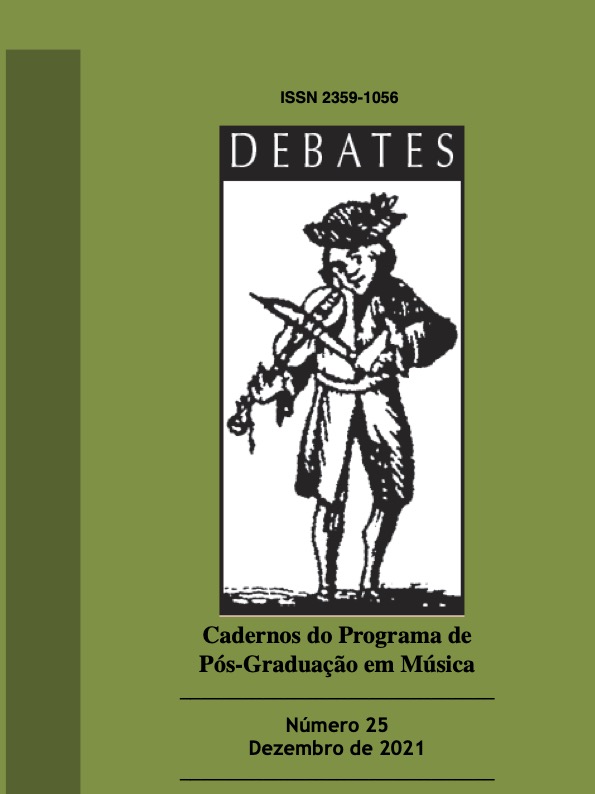The Singer‐Actor’s Projective Modes: an Important Principle for the Scenic Development of Classical Singers
Abstract
The present article is an excerpt from the doctoral thesis defended by the author (GUSE, 2018), in which a compendium of exercises is proposed aimed at the scenic development of the classical Singer, based on the principles of the methodology of the North‐American director Wesley Balk (1981, 1989 e 1991) as the main theoretical foundation. The purpose of this excerpt is to present the principle of the projective modes of this methodology, through the review of the literature of this author. Balk divides the singer’s expressive system in three projective modes – hearing/vocal, kinesthetic and facial/emocional – with the intention of synthesizing the integration of abilities between singing and acting in a three‐part system that works synergistically. In this way, the parts of this system would work in such a way as serve its assertive needs of communication in the performance, as its integrative needs avoiding superfluous tensions coming from the “entanglements”.
Downloads
Downloads
Published
How to Cite
Issue
Section
License
Copyright (c) 2022 DEBATES - Cadernos do Programa de Pós-Graduação em Música

This work is licensed under a Creative Commons Attribution-NonCommercial-ShareAlike 4.0 International License.


